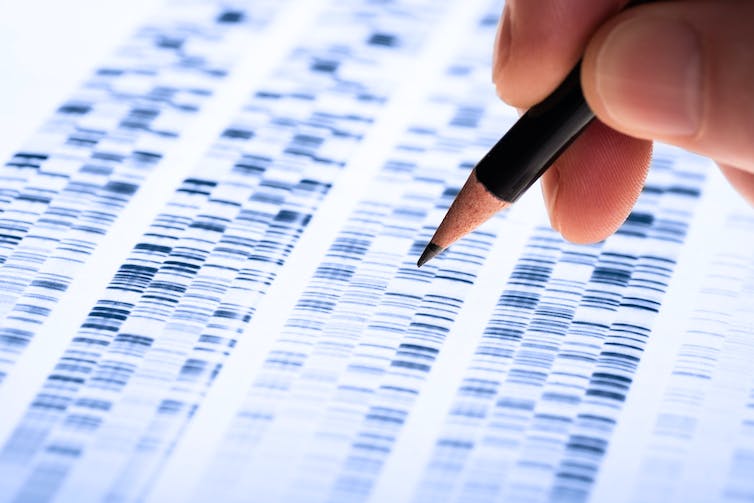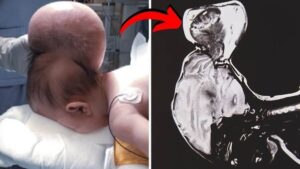While solving crimes in the real world differs slightly from doing it on television, both situations call for evidence. Both DNA and fingerprints left at a crime scene become good sources of proof.
Our fingertips are influenced by DNA to some extent, but the distinctive folding pattern of our skin’s microscopic ridges is what truly distinguishes fingerprints. Humans acquire the capacity to grasp and hold objects as a result of this process during fetal development. No two ridge patterns are identical to one another.Each of our cells has DNA, which is the genetic data that determines who we are. Adenine, thymine, cytosine, and guanine are the only four letters that make up the specific code that makes up DNA. These letters stand for nucleotides, and the precise arrangement of nucleotides within DNA serves as the blueprint for all of the cells and their operations in the human body.
Every individual on the earth shares a complete set of DNA instructions that are 99.9% the same, but the tiny portion that is different is as distinctive as the prints on the tips of your fingers.These distinctive areas are found in our DNA at specific locations in the form of tiny units known as microsatellites or tandem repeats. Microsatellites are brief, one to six nucleotide repeating DNA segments that are found in several organisms (for example, GATGATGAT). Everyone’s DNA contains the same microsatellites in the same known locations, but each person has a different number of repeats.
Your teacher might have “GAT” repeated 12 times, compared to 10 repetitions for you. Microsatellites have easily measured lengths because of these variations in the number of repeats, and investigators can use these measures to create a match between a suspect’s DNA and a sample from a crime scene.DNA fingerprinting may not always produce a match, or investigators may not have any suspects to compare crime scene DNA to. So how do investigators know who to look for? New methods are using DNA left at a crime scene to teach us about what a suspect looks like.
It might sound like science fiction, but a new technique called forensic DNA phenotyping (FDP) can help generate a suspect profile from the genetic material left at a crime scene. Using FDP, investigators can determine an individual’s age, ancestry, hair colour, skin colour and eye colour.
Let’s use eye colour as an example. The colour of your eyes is dependent on how much eumelanin you have in the iris. Eumelanin is a dark brownish-black pigment, and it absorbs a large amount of light. Individuals who have a lot of eumelanin in their irises have eye colours that appear dark, such as brown.
There are several genes responsible for controlling eumelanin production in the eye, but one of the most important genes for eye colour is called OCA2, located on chromosome 15.





